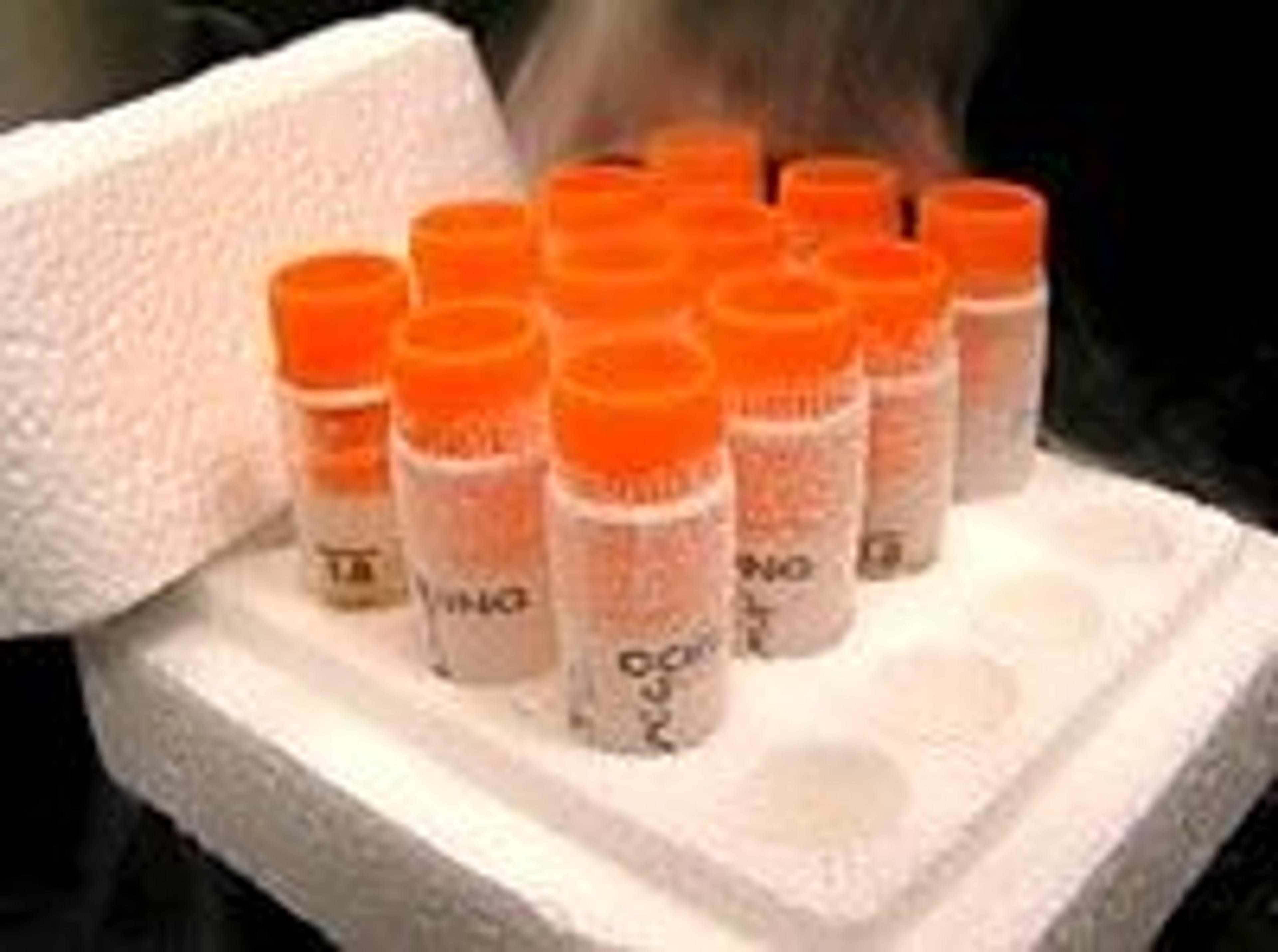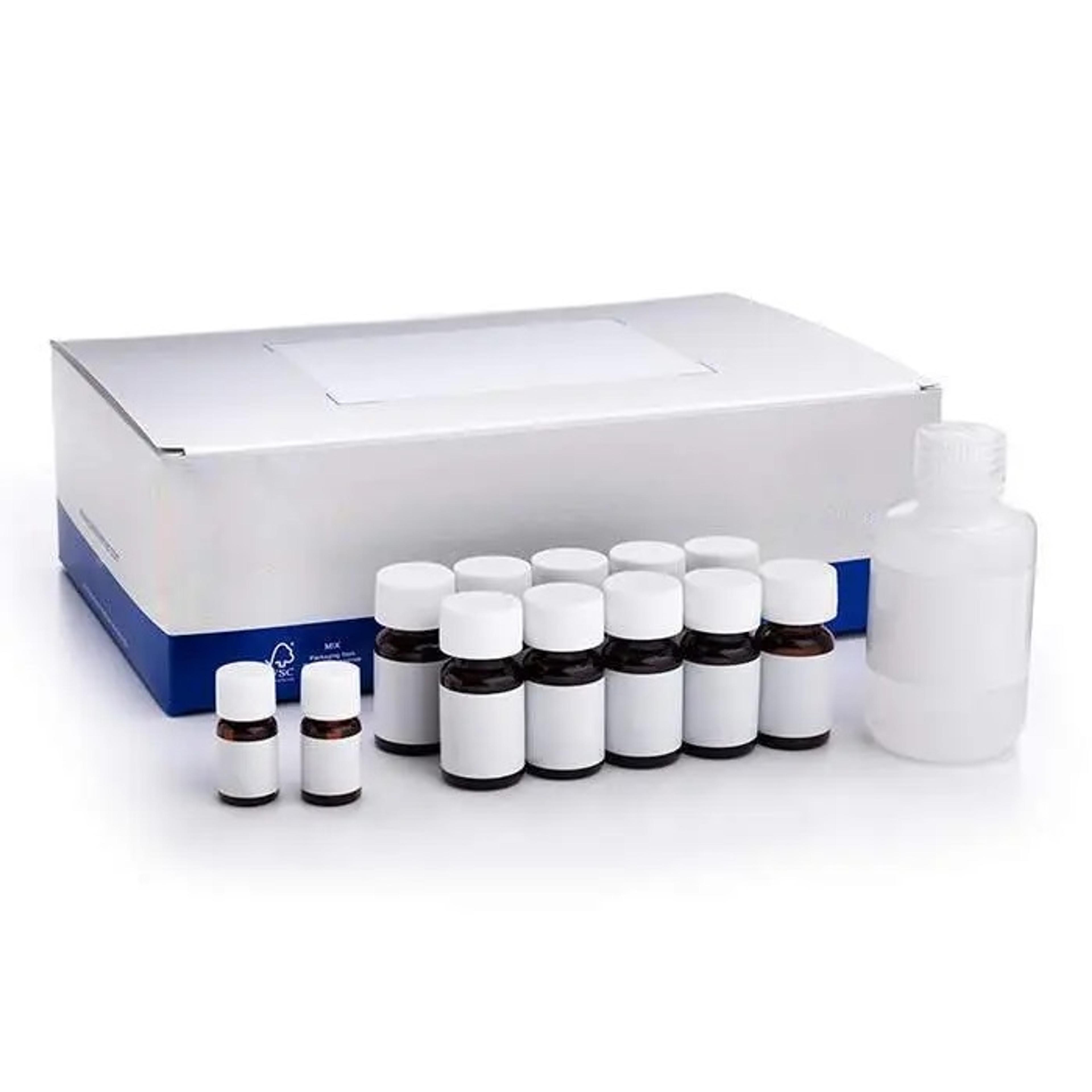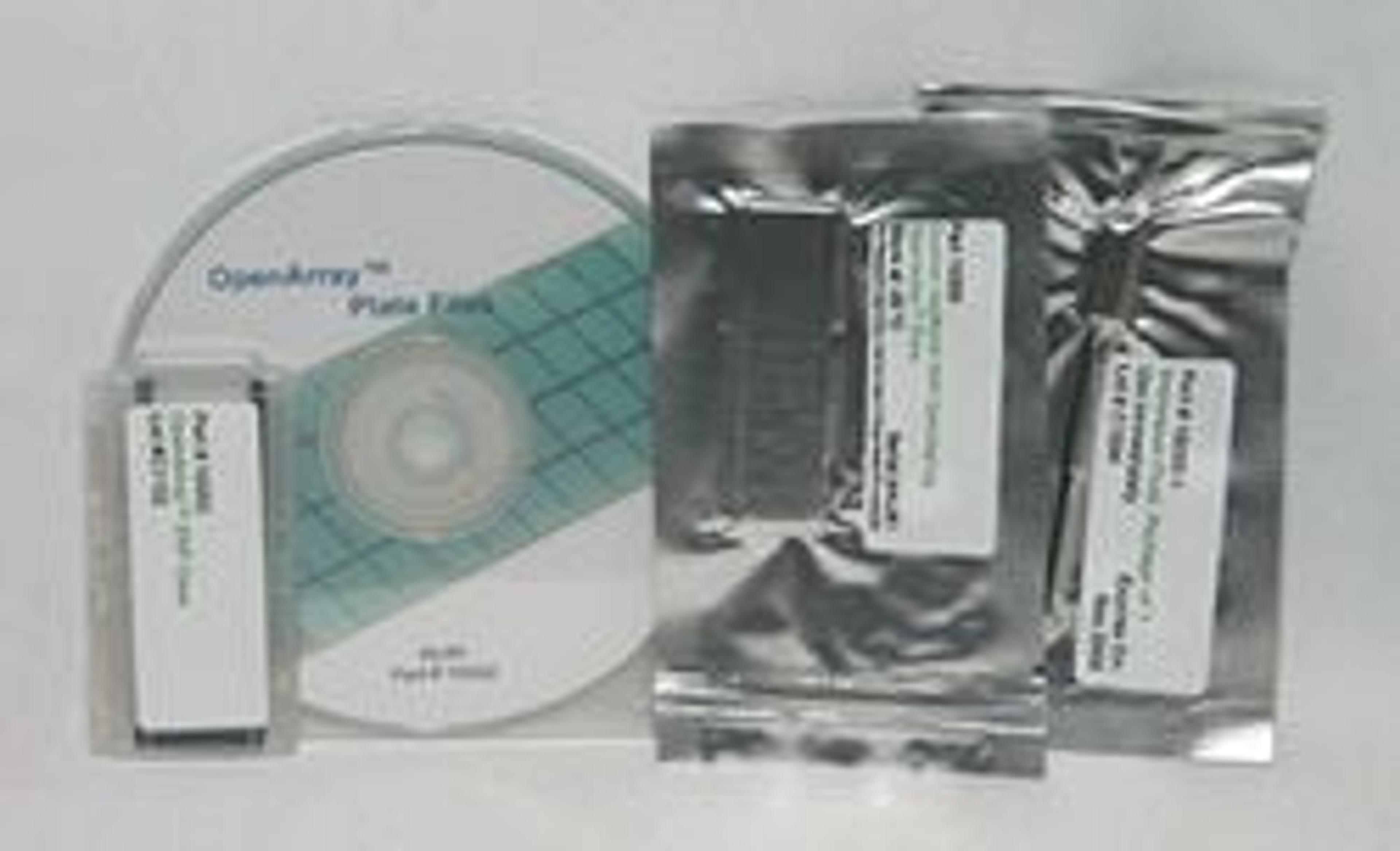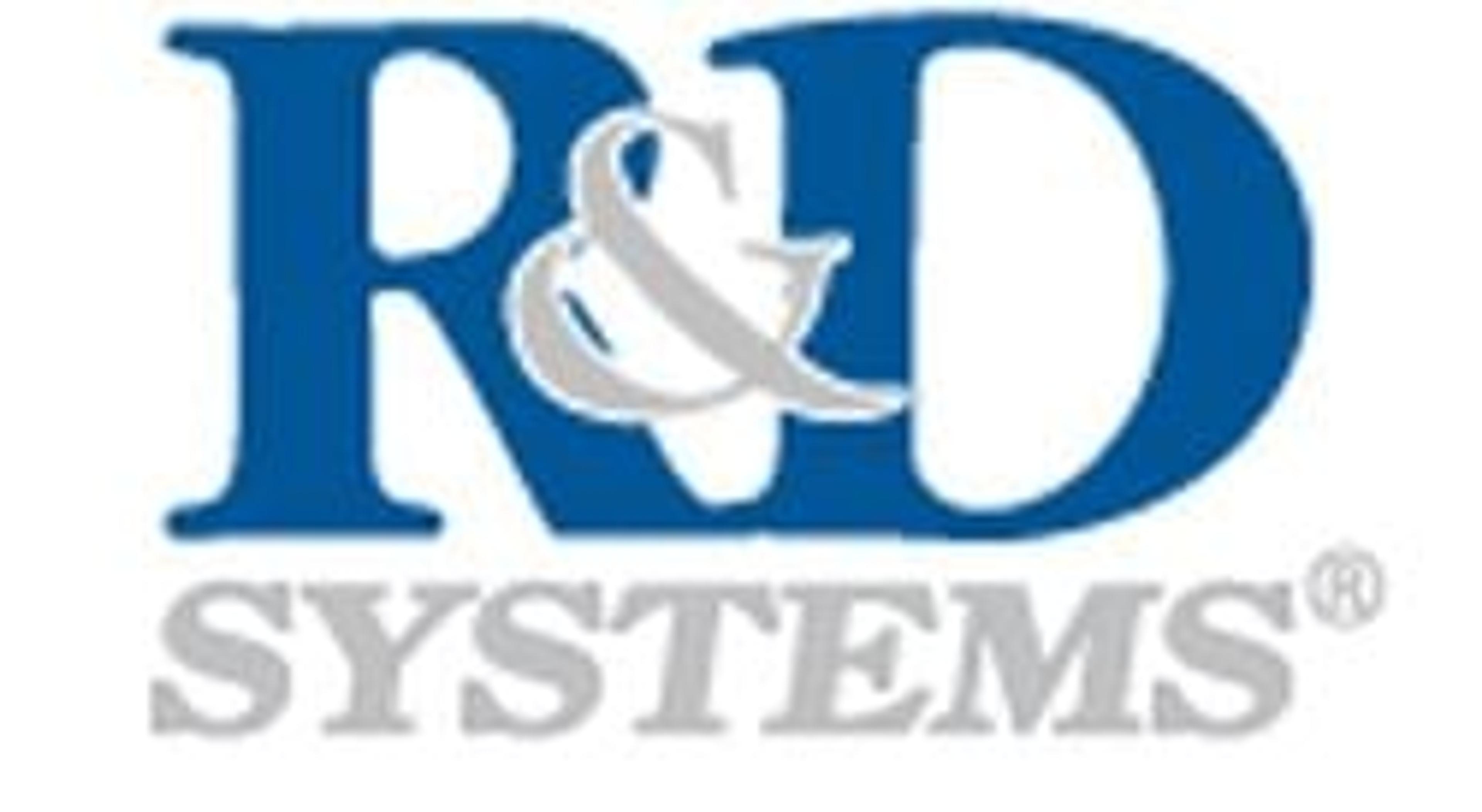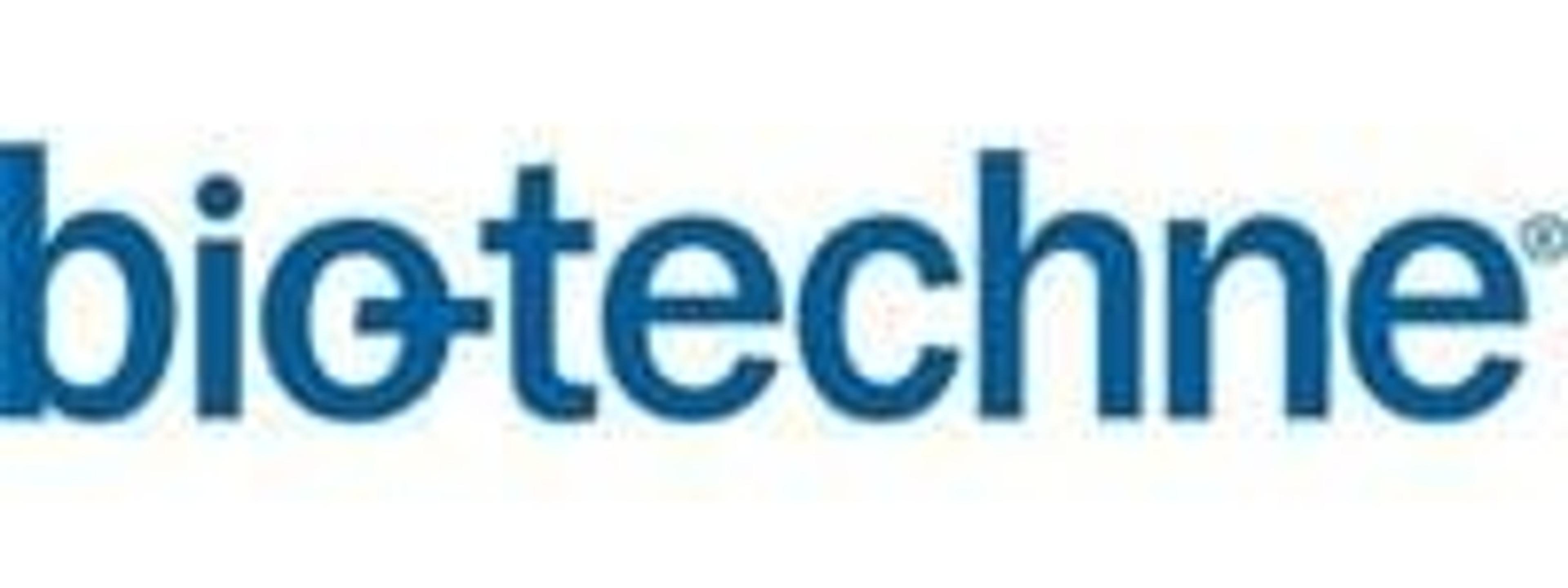In Situ Cell Death Detection Kit, POD
Kit for the detection and quantification of apoptotic cell death on a single-cell level by light microscopy in immunocyto- and immunohistochemistry Benefits Sensitive: The maximum intensity of labeling (cell staining) of apoptotic cells is higher than the nick translation method. Fast: The use of fluorescein-dUTP allows analysis of the samples directly after the TUNEL reaction, but before the addition of the secondary d…



